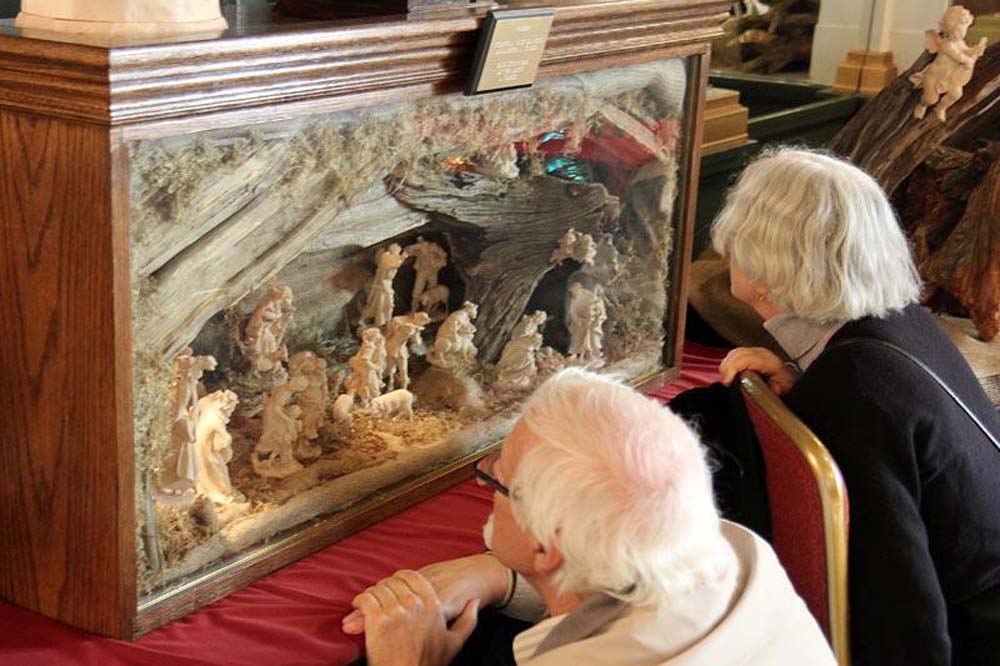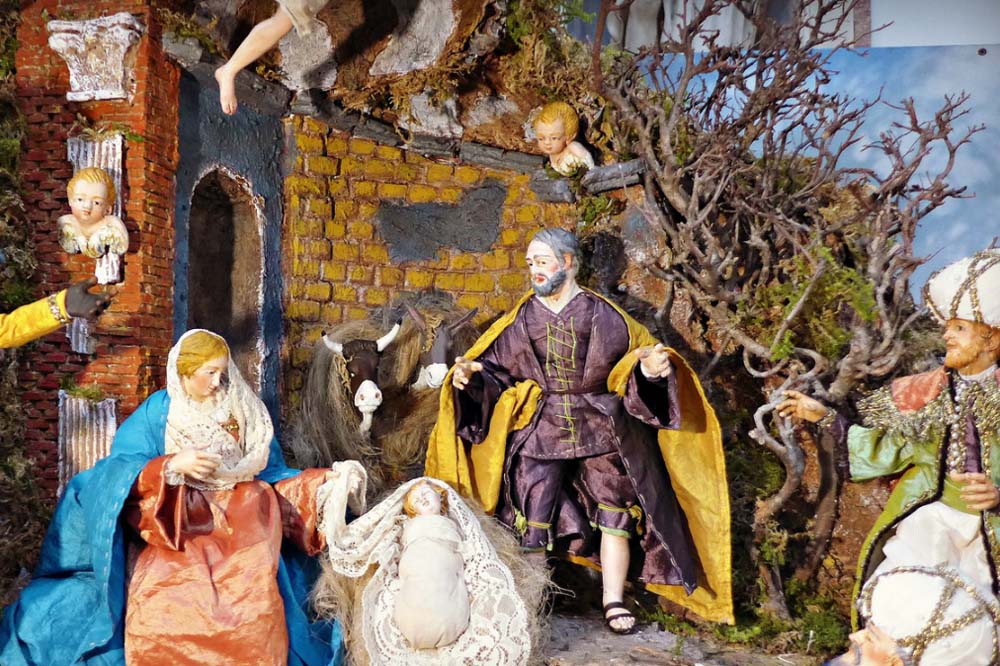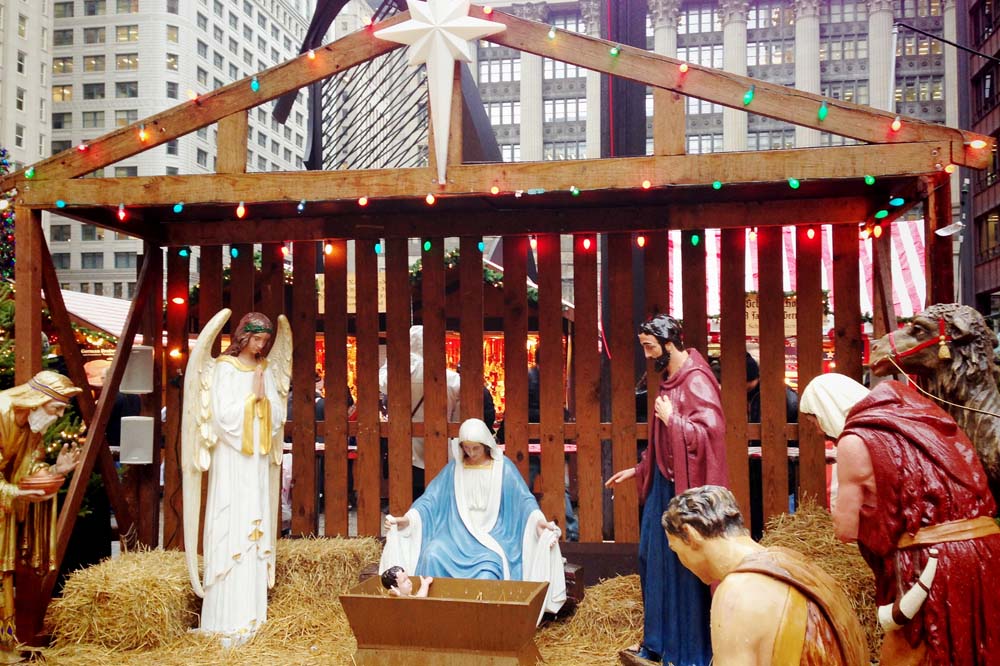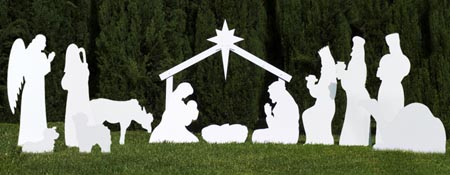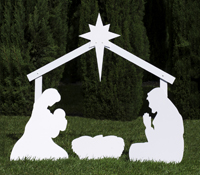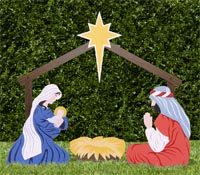What is Labor Day and why do we celebrate it?
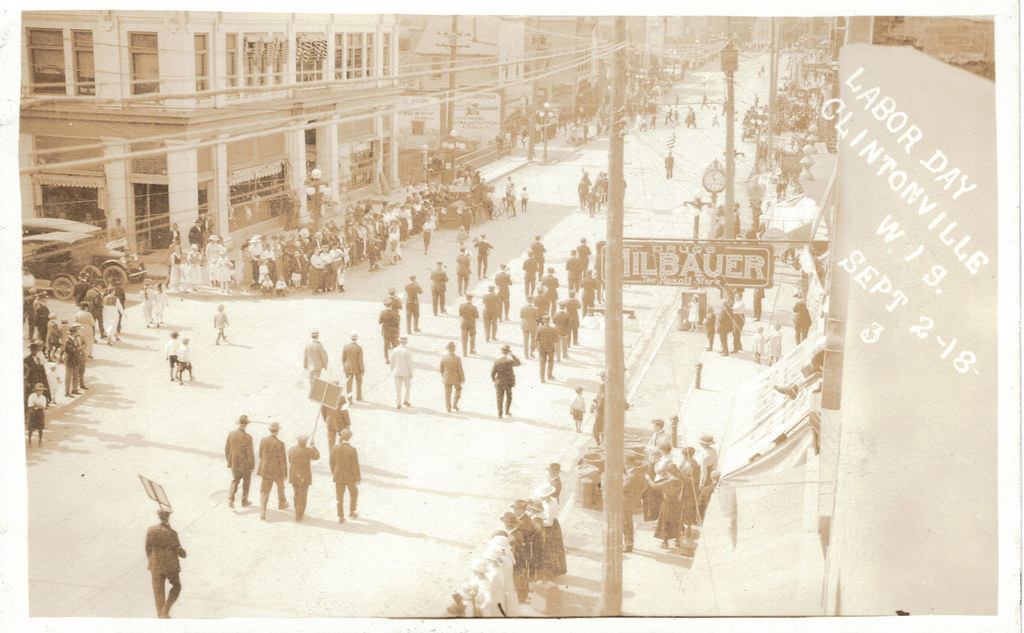
Labor Day Parade walking north on North Main Street, Clintonville, Wisconsin, Sept 2, 1918.
For many Americans, the Labor Day holiday marks the last hurrah of summer before we get into our fall routines of school and work. As we make our plans to get the most out of the three-day weekend, we may not stop to think about what the holiday really means.
The first Monday of each September is a day set aside to honor the American worker. Although many retail businesses are open, Labor Day is a federal holiday, meaning that government offices, schools and banks are closed.
The idea for a day to recognize the contribution of laborers grew out of a time when working conditions were harsh for many Americans. In the late 19th century, 12-hour work days and seven-day workweeks were common. Adults and children alike toiled in factories, mines and farms in often harsh and unsafe conditions. Some workers began organizing into labor unions to lobby for better wages and safer workplaces.
Although it is still unclear who had the idea for the first Labor Day festivities, we do know the Knights of Labor and the Central Labor Union organized the first Labor Day parade, which was held on Sept. 6, 1882 in New York City. The event warranted a last-page headline “Working Men on Parade” in a September 1887 New York Times article. The brief article reported that 10,000 people – including printers, dressmakers, cigarmakers, bricklayers, shoemakers and other workers – marched in an “orderly” and “cheerful” manner from City Hall to Union Square for a picnic.
Some records state that the idea for that first parade came from Peter J. McGuire, an officer of New York City’s Brotherhood of Carpenters and Joiners and a founder of the American Federation of Labor. Others suggest that the credit for the holiday should go to machinist Matthew Maguire, who was active with Local 344 of the International Association of Machinists in Paterson, N.J.
What is interesting to note is that, since it was held on a workday, many of first parade participants were risking their jobs by marching. Some carried signs that read “Less Work and More Pay” or called for an eight-hour workday and the end of convict labor. Observers, including families and friends, cheered for the marchers along the sidelines.
New York City was one of the first towns to adopt legislation to recognize Labor Day officially, and a photo in the New York Times shows a large parade passing through Union Square in 1887. That same year, Oregon was the first state to adopt a Labor Day holiday followed by Massachusetts, Colorado, New York and New Jersey later the same year.
It took the U.S. government a few more years and some heated labor disputes to recognize Labor Day as a national holiday. One of the most notorious labor disputes was the Pullman strike, which started when the Pullman Palace Car Company decreased workers’ wages without reducing rents in its company-owned town, also called Pullman. The resulting strike by members of the American Railroad Union disrupted railroad traffic in the Midwest until federal troops arrived at the scene. Then things got ugly as violence erupted and escalated, with more than a dozen workers losing their lives.
On June 28, 1894, in an effort to repair its relationship with American union members, Congress approved a bill designating the first Monday of each September as a national legal holiday, and
President Grover Cleveland signed this Labor Day bill into law. (The date apparently was chosen because it was part-way between the July Fourth holiday and Thanksgiving.) Early Labor Day festivities followed New York City’s initial plan with a parade followed by an outdoor gathering with speeches, entertainment and food.
Today, Labor Day is celebrated throughout the United States with parades, picnics, concerts, fireworks and end-of-summer sales at stores. Canada also celebrates its own Labor Day on the same day as the U.S. Many other countries honor their workers on May Day, which is May 1.
The Labor Day Parade in Crown Heights, Brooklyn, in New York City is one of the nation’s largest celebrations. Also called the Labor Day Carnival, the event also includes fireworks, 12-hour dance parties and concerts. The Labor Day Concert at the U.S. Capitol in Washington, D.C. features a free concert by the National Symphony Orchestra.


